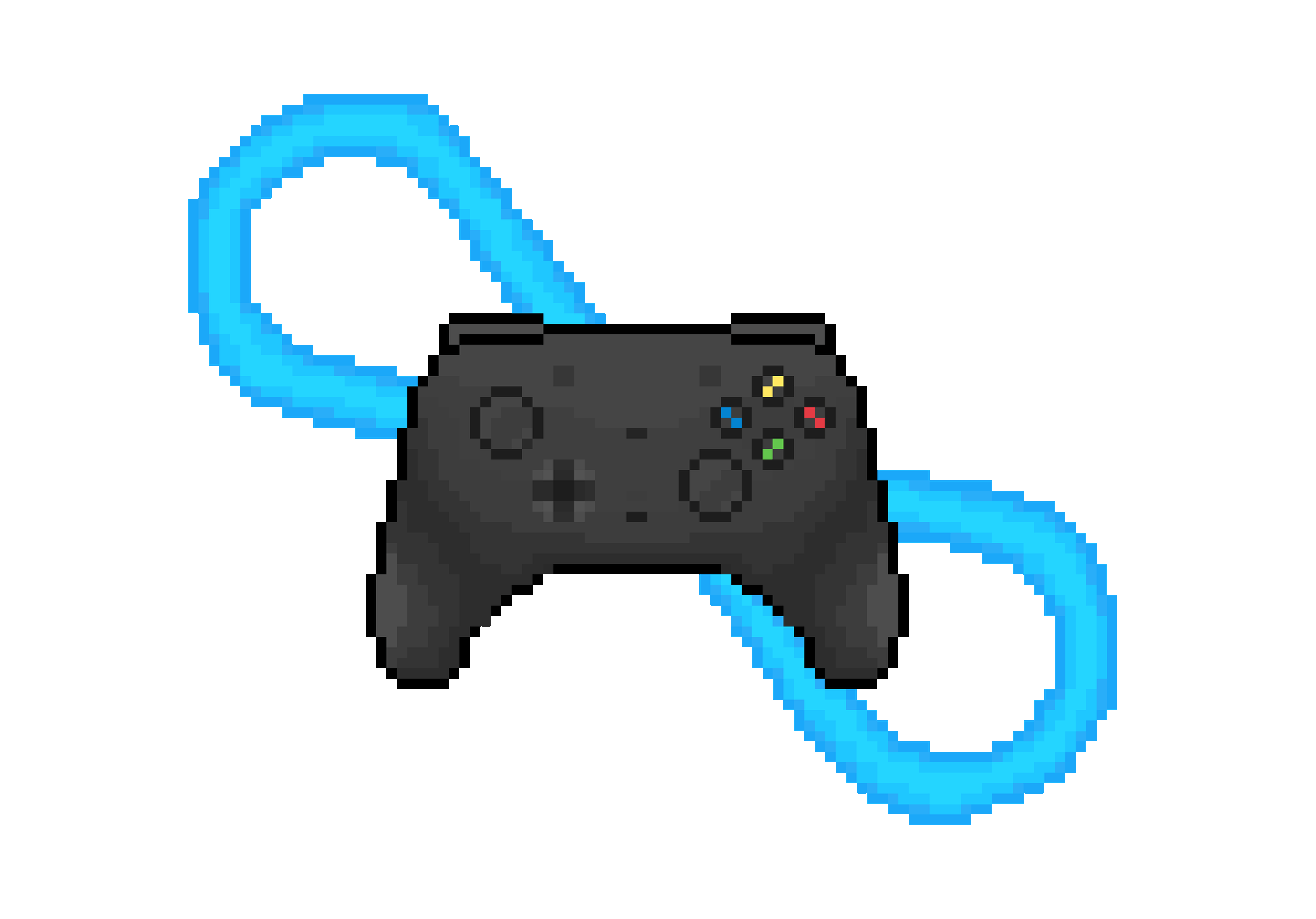6 Simple Methods For Creating And Growing Your Concept Notes In Obsidian

You have collected some information in your Obsidian system.
Now it's time to create and grow concept notes out of it.
Here's what we will talk about in this lesson:
- What Are Concept Notes?
- Why Should You Create Concept Notes?
- How Do You Create Concept Notes?
- When Should Your Grow Your Notes?
- 6 Simple Methods For Growing Your Concept Notes
What Are Concept Notes?
Concept notes are notes that:
- Ideally, should focus on only one idea. One idea forms the emphasis of the note and the other ideas are background contextual or supporting evidence. This means they can actually be quiet large and have many ideas.
- They should contain your own ideas. This is what differentiates them from your input notes that are more likely to contain ideas from authors.
Why Should You Create Concept Notes?
- It creates new knowledge: by creating concept notes we allow our ideas to connect together across classes and semesters. This creates new knowledge. And it allows us to grow our notetaking system over years to become more than the sum of its parts.
- It makes you more engaged in your learning. You add your own unique personality, background, flare, spunk, whatever you want to call it into your notes. Your knowledge is unique compared to other students. You add your own unique sauce to your burger.
- It lessons the need for incessant studying. The brain doesn't learn by siloing information into rigid folders. It learns through connecting new information to past. Emulating this process using conceptual notemaking means you learn the material better the first time.
How Do You Create Concept Notes?
Creating a concept note is very simple.
First, you find an interesting idea that isn't USE, Unimportant, Self Explanatory, or Easy enough to memorize on the spot.
Secondly, you create a note titled with a statement or question that is expanded upon by the note content.
I use this template:

That's it.
For example, three concept notes in my Obsidian system are titled:
- Becoming spiritually awakened means stopping the habit of attachment with the self
- Why is competitive self interest not always in the groups interest?
- How did Western and Eastern philosophies evolve to be so different?
The hard part of the conceptual notemaking process is in writing the note content and in connecting to other concept notes. Which is what we will get into soon.
[!☢️IMPORTANT:] Not everything should be made into a concept note. Don't make the creation of concept notes into a method of procrastination. Concept notes should be made only for things that aren't USE and when it's helpful to have a note in stand alone format.
When Should You Grow Your Concept Notes?
The only question that remains is when you should grow your notes.
The answer is it depends.
I think setting up a routine to process your input notes (notes from things you have consumed), turn them into concept notes, and grow them is a great idea. It doesn't have to be long maybe 15 to 30 minutes. If you can turn it into a routine it's much more likely you will do it.
Don't feel like you have to process everything you consume.
Don't worry notes don't have feelings.
Over time the ideas that have the most value will grow and the ideas that don't resonate with you will fall into the dust. It's a beautiful process. Every time I revisit a concept note to grow it I like to change it's status box up one level from "#🟥" to "#🟨" to "#🟩" depending on where it was at. This allows me to see what level of growth each of my concept notes are at.
Here are the actual methods I use for growing my notes.
Methods For Growing Notes
Freewriting
Freewriting involves opening up a new note or existing note and letting your thoughts flow.
There is no judgment. You freely write.
After some time, 30 seconds, two minutes, five minutes you go back through your freewriting and create new notes out of the gold nuggets. You might take some of the surrounding text into this new note and start the whole freewriting process over again.
Freewriting is probably the most common method of growing notes that I use and the most versatile.
There are many different kinds of freewriting you can use as well depending on what type of spice you are looking for in a certain day:
- Simple Freewriting: Set up a timer and follow the flow of thought without any extra constraints.
- Brain dump Freewriting: This variation is exactly like the simple freewriting, but no timer required.
- Extreme freewriting: like braindump freewriting but there is no stopping or erasing.
- Triggered Freewriting: Use a question or an observation as prompt to kickstart your freewriting process.
- The prompt can be anything: An idea, a question, your feelings, your physical sensations, a situation you want to think about, something you are currently looking at
- Prompted Freewriting: this is like triggered freewriting but every time you get stuck you come back to the original prompt and ask the question, "what else can I think about?" Just be careful not to come back too soon.
Once you have created notes from your freewriting I find the Obsidian Local Graph view, unlinked mentions view, and strange new worlds plug in super helpful for finding new relevant connections I might be able to put inside of my the new or old note.
🥜The Four Gs of Notemaking
As mentioned earlier, The Four Gs of Notetaking are four of the highest leverage questions you can ask yourself to give insight into how to grow your notes.
I personally call these the four questions of peanut butter godhood but John told me that wasn't marketable so The Four Gs of Notemaking it is.
- "What does this remind me of?"
- "What is this similar to?"
- "How is this different from?"
- "This is interesting because?"
While growing your notes you can ask yourself these questions and write down your responses. Link to other concept notes inside of your responses.
If these don't tickle your kite, however, there are a number of other notemaking prompts which you can refer to as well.
Some of the best notemaking prompts are:
- This is interesting because
- This reminds me of
- It’s different from
- It’s similar to
- This is bad because
- This is good because
- This is caused by
- This causes
- If this idea could shout it would say
- What this seems to say is X but what it really says is Y
RRR
RRR stands for remark, relate, reference.
It's a method I first encountered from Nick Milo in his Linking Your Thinking Workshop. Essentialy whenever you create a concept not you make a remark, you relate it to another concept note, and then you reference the resource you got the idea from.
Connecting Notes With The Idea Compass
If peanut butter isn't your thing, the idea compass is a another method for connecting notes.
I first heard it from Vicky Zhao and Fei Ling Tseng on a Linking Your Thinking Workshop video.
Essentially, it works by asking yourself one of the four main questions below or sub questions to think about how to connect a note. All the questions are framed around the analogy of a compass. If you were a boy scout like me you will appreciate this:

Local Graph View
The local graph view displays your notes in a graphical display with the center note being the note that you are currently focused on.
Another one of my favorite ways to find interesting connections is to open one concept note and navigate around the local graph view to look for interesting connections between notes. This allows me to do a process called triangulation which is where you find a connection to a third note in your system through two already connected notes.
Look at this interesting connection I found through triangulation!

Summarizing
Summarizing as a method is exactly what you think it is.
You summarize the main arguments, insights, or whatever you want at the top of a note. You can do this yourself or use AI.
This makes it easier for your future self to quickly uncover what a note is about when they see it.
Zooming Out
All of the methods for growing your notes mentioned earlier have been focused on small scale notemaking.
Zooming out is a method for large scale notemaking.
It works through generalization. Generalizing works by taking a set of lower order notes and integrating them into higher order notes.
There are two types of generalization:
- Generalization by grouping
- Generalization by emergence
Generalization By Grouping
Works by taking a series of notes with related characteristics and bringing them together.
For example, taking all of your notes on the flow state, happiness, or the Psychology of relationships and bringing them together into one larger note. This larger note is what most people in the PKM community call a Map of Content (MOC) and it's the subject of what the next lesson will be on.
Generalization By Emergence
Works by taking a series of notes and creating a new emergent idea out of them.
For example, the human body as a thing (and idea) only exists because all its cells relate to each other in very specific ways. If the ways how the cells interact significantly changes then “human body” ceases to exist. A person is able to speak, but a cell, a tissue, an organ, or any of the parts of the human body alone do not have that property.
The same idea is reflected in generalization by emergence.
You're creating new knowledge by taking a series of notes and creating a new idea out of them!
To learn more about conceptual notemaking, check out my and fellow Obsidian creator John Mavrick’s flagship notetaking course Obsidian University: Your Secret Weapon In School. In it, you will:
- Learn how to find enjoyment in learning and studying by breaking out of the Cookie Cutter Mindset
- Flesh out a systemized process for taking notes on class lectures and outside learnings
- Create a unique personal knowledgebase inside Obsidian that scales across classes and semesters
- Learn how to study using your Obsidian notes
- Gain access to a community discord with fellow students looking to make the same transformation
